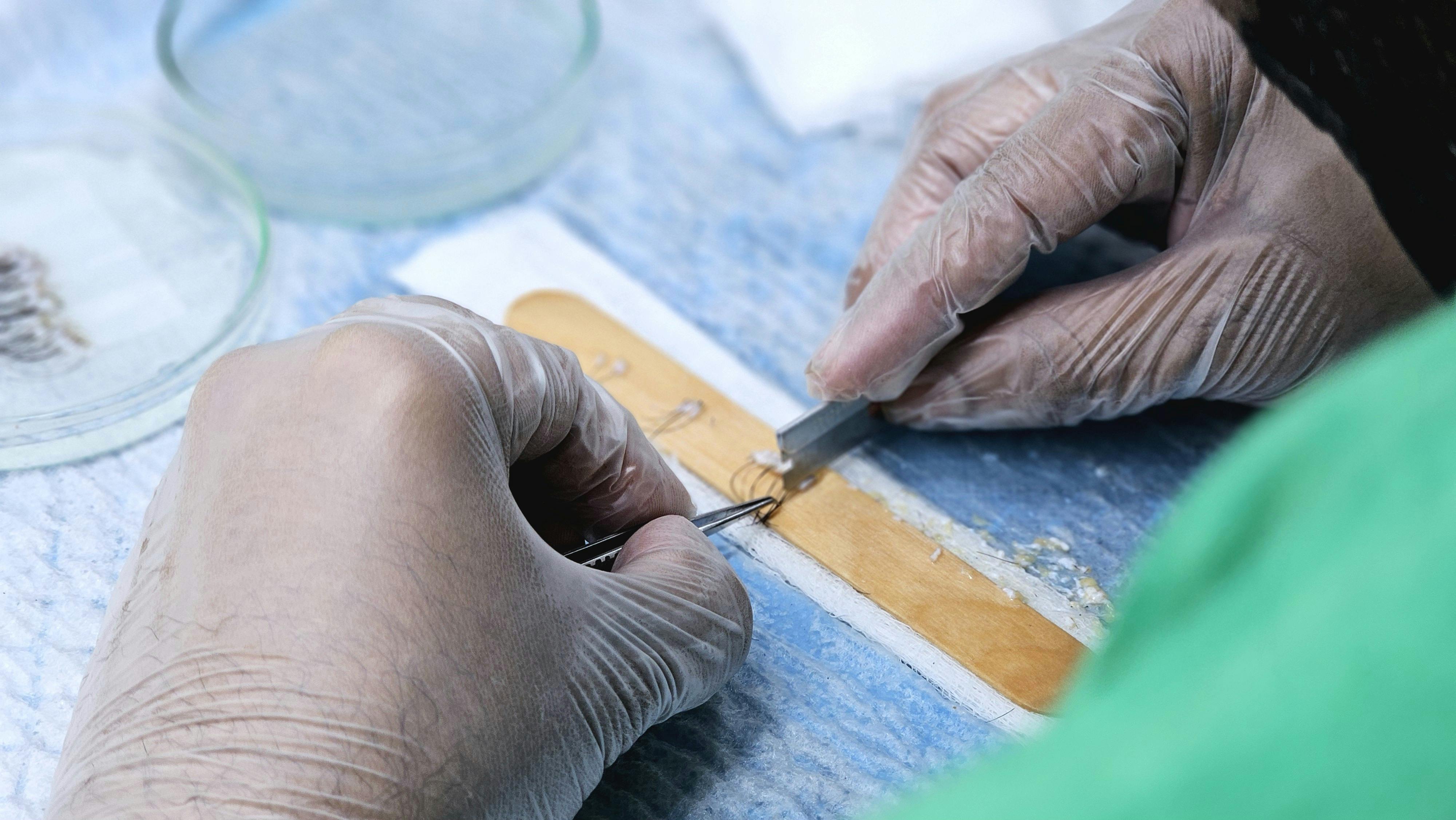Understanding the Science Behind Hair Transplants
Hair transplant surgery has been a beacon of hope for many people suffering from hair loss or thinning hair. From its humble beginnings in the 19th century to the highly advanced procedures of today, hair transplant has seen significant advancements and continues to evolve. This article will delve into the historical context of hair transplant, explore its current relevance, discuss the trends and reception, and provide unique insights that are not commonly discussed.

The Historical Evolution of Hair Transplants
Hair transplantation first surfaced in the 19th century when a German professor, Dom Unger, attempted the procedure on himself. However, it wasn’t until the 1930s that Japanese dermatologists achieved success with hair transplantation. Their work remained largely unrecognized until the 1950s when an American physician, Dr. Norman Orentreich, popularized the procedure.
Dr. Orentreich’s work laid the foundation for modern hair transplantation. He introduced the concept of “donor dominance,” which suggests that hair follicles taken from areas of the scalp resistant to balding will maintain their characteristics even when transplanted to a balding area. This finding revolutionized the field and paved the way for future advancements.
Hair Transplantation: A Current Lifeline for Millions
Hair transplantation has become a popular solution for hair loss, with millions of individuals worldwide opting for the procedure. Hair loss can be a source of significant distress, negatively impacting self-esteem and mental health. Hair transplant surgery provides a permanent solution, offering individuals the opportunity to regain their confidence.
The procedure’s success and popularity are attributed to technological advancements. The introduction of Follicular Unit Extraction (FUE), a minimally invasive surgery that involves the transplantation of individual hair follicles, has made the procedure more accessible and less daunting. Moreover, advancements in anesthesia and post-operative care have improved patient comfort and recovery times.
Trends and Reception in Hair Transplantation
The trends in hair transplantation have shifted towards achieving the most natural-looking results. Surgeons are now focusing on the precise placement of grafts, mimicking the hair’s natural growth patterns. This attention to detail results in a virtually undetectable hair transplant, enhancing patient satisfaction.
The reception of hair transplantation has been largely positive. While there is still some stigma associated with cosmetic surgery, hair transplants are becoming more socially accepted. Celebrities openly discussing their hair transplant surgeries have helped normalize the procedure, reducing stigma and encouraging more people to consider the treatment.
Unveiling the Hidden Facets of Hair Transplants
Despite the widespread knowledge about hair transplants, there are some aspects that are not commonly discussed. One such aspect is the role of genetics in the success of the procedure. While the concept of donor dominance holds true, some individuals may have hair follicles that are genetically predisposed to balding, potentially impacting the longevity of the transplant.
Another less-discussed topic is the psychological impact of hair transplantation. While the procedure can boost self-esteem and confidence, it can also lead to unrealistic expectations and dissatisfaction if the desired results are not achieved. Thus, psychological counseling should be an integral part of the preoperative process.
Achieving a Balanced Approach to Hair Transplantation
Hair transplantation is undoubtedly a powerful tool in combating hair loss. However, it is important to approach it with a balanced perspective. Prospective patients should be aware of the procedure’s limitations and potential risks, and surgeons should ensure that patients have realistic expectations.
While technological advancements continue to enhance the procedure’s efficacy and patient comfort, ongoing research is needed to address current limitations and improve outcomes. The future of hair transplantation looks promising, with potential developments in hair cloning and regenerative medicine that could further revolutionize the field.
In conclusion, hair transplantation has come a long way from its inception and continues to evolve. As society becomes more accepting and understanding of hair loss, the science and practice of hair transplantation will continue to advance, providing hope for millions of individuals around the world.




